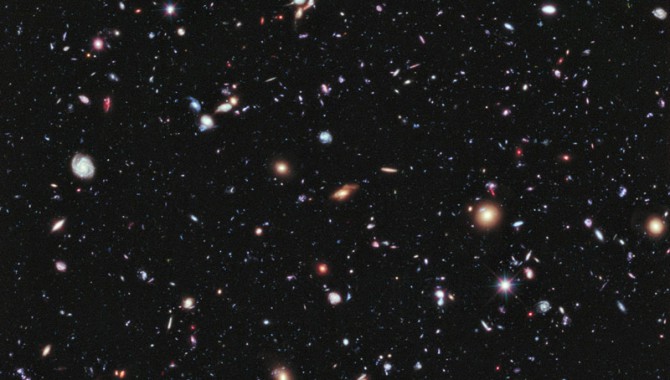
Vol. 5, Issue 11 Two of APPEL’s most popular courses are now available to NASA employees online.

Vol. 5, Issue 11 Two of APPEL’s most popular courses are now available to NASA employees online.
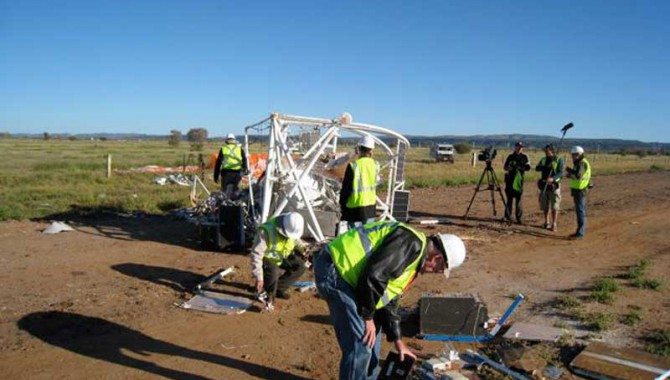
Vol. 5, Issue 11 A 2010 balloon mishap serves as a valuable case study.
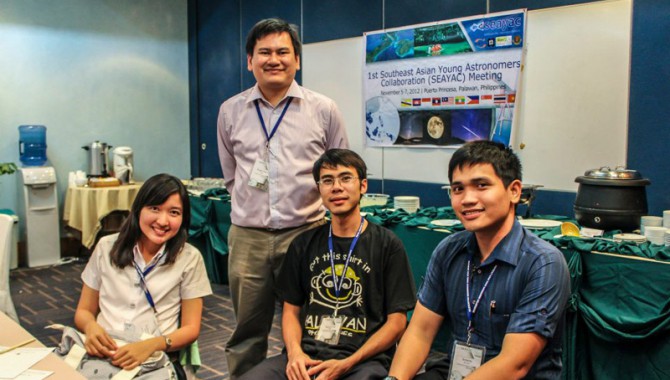
Vol. 5, Issue 11 As one of a handful of astrophysicists in the Philippines, Rogel Mari Sese aims to advance his countrys role in space.
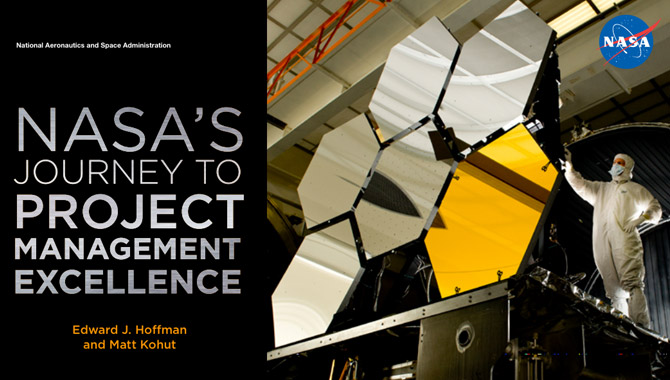
Vol. 5, Issue 11 | Download PDF How can an organization address the human dimension of complex projects?
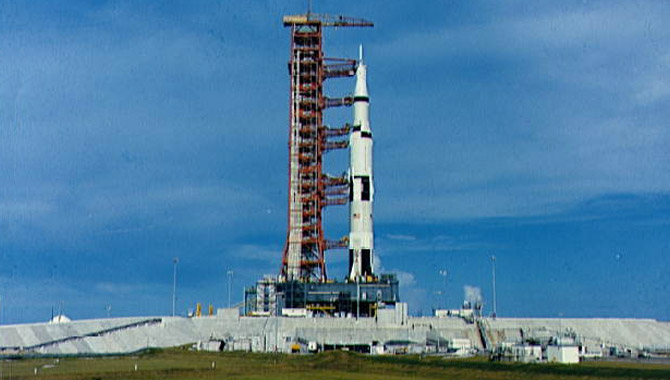
Vol. 5, Issue 11 Forty-five years ago, the unpiloted Apollo 4 spacecraft flew atop a Saturn V rocket to prove NASA could safely reach the moon.
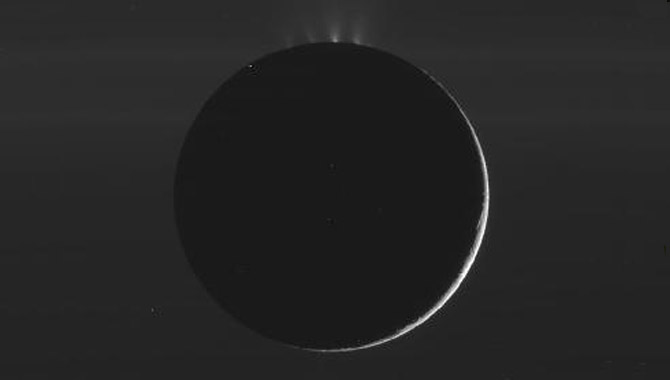
Vol. 5, Issue 10 Initially a mission to deliver the Huygens probe to Titan, the Cassini spacecraft delivered an additional, unexpected discovery.
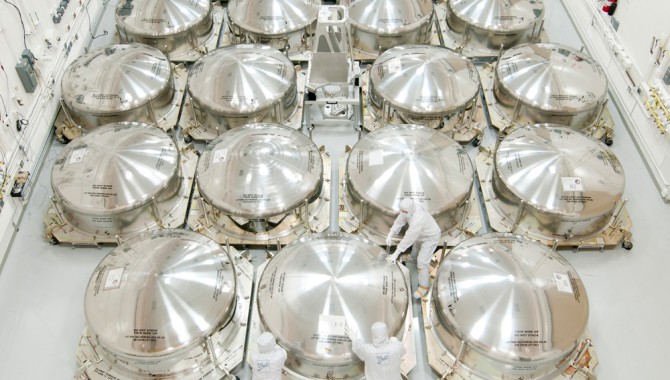
Vol. 5, Issue 10 The NASA Inspector General has identified four challenges that can affect whether NASA projects meet their cost, schedule, and performance goals.
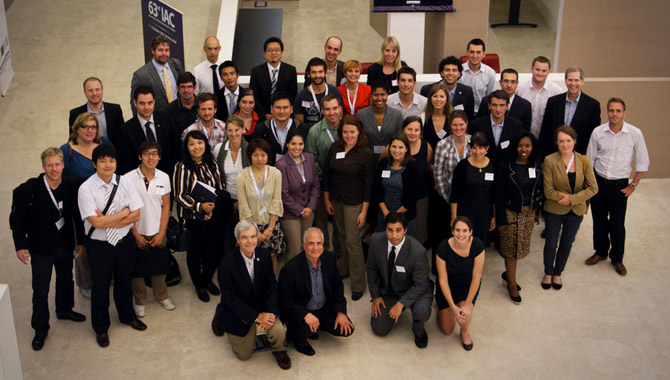
Vol. 5, Issue 10 Over forty young professionals from around the world gathered to address the question: What does the next-generation workforce need to be successful?

Vol. 5, Issue 10 The spotlight was on Europe in a Masters with Masters event at the 2012 International Astronautical Congress in Naples, Italy.